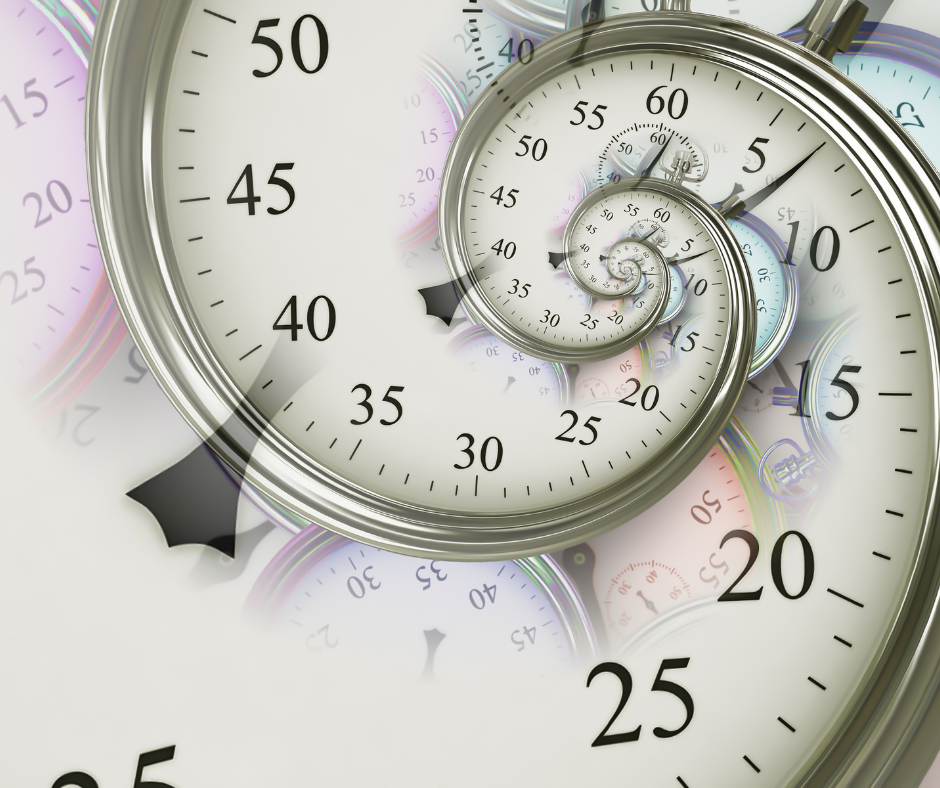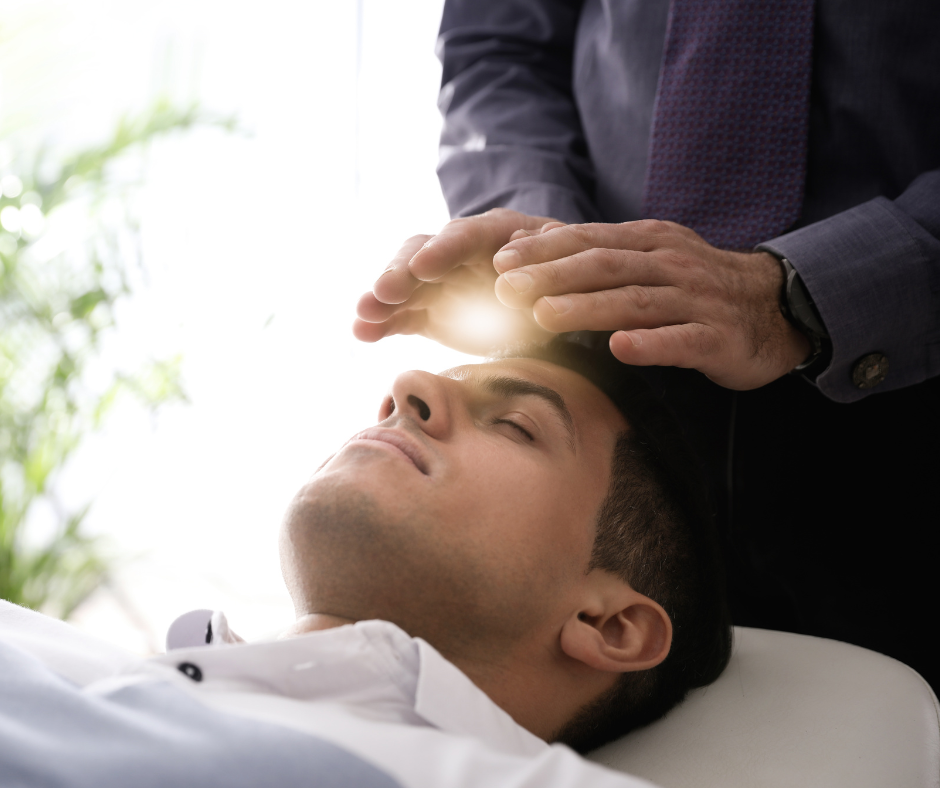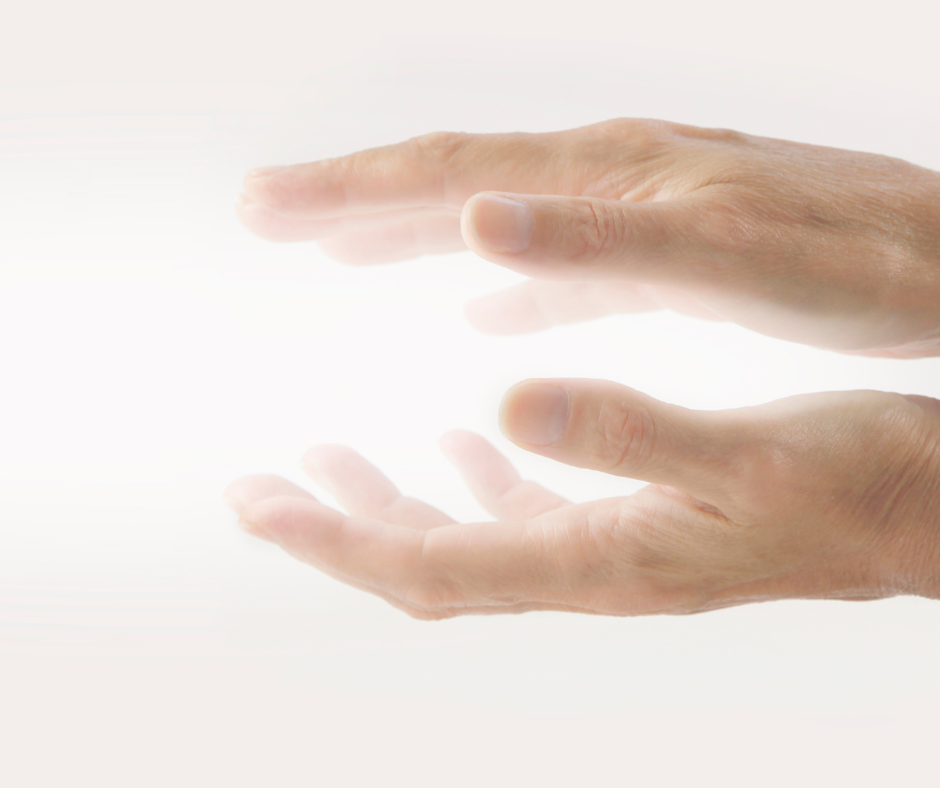
Evidence of hypnotic-like phenomena appears in many ancient cultures. The writer of Genesis seems familiar with the anaesthetic power of hypnosis when he reports that God put Adam “into a deep sleep” to take his rib to form Eve. Other ancient records suggest hypnosis was used by the oracle at Delphi and in rites in ancient Egypt (Hughes and Rothovius, 1996). The modern history of hypnosis begins in the late 1700s, when a French physician, Anton Mesmer, revived an interest in hypnosis.

1734-1815 Franz Anton Mesmerí (Mesmer) was born in Vienna. Mesmerí is considered the father of hypnosis. He is remembered for the term mesmerism which described a process of inducing trance through a series of passes he made with his hands and/or magnets over people. He worked with a person’s animal magnetism (psychic and electromagnetic energies). The medical community eventually discredited him despite his considerable success treating a variety of ailments. His successes offended the medical establishment of the time, who arranged for an official French government investigating committee.
This committee included Benjamin Franklin, then the American ambassador to France, and Joseph Guillotine, a French physician who introduced a never-fail device for physically separating the mind from the rest of the body.

1795-1860 James Braid, an English physician, originally opposed to mesmerism (as it had become known) subsequently became interested. He said that cures were not due to animal magnetism however, they were due to suggestion. He developed the eye fixation technique (also known as Braidism) of inducing relaxation and called it hypnosis (after Hypnos, the Greek god of sleep) as he thought the phenomena was a form of sleep. Later, realising his error, he tried to change the name to monoideism (meaning influence of a single idea) however, the original name stuck.

1825-1893 Jean Marie Charcot a French neurologist disagreed with the Nancy School of Hypnotism and contended that hypnosis was simply a manifestation of hysteria. There was bitter rivalry between Charcot and the Nancy group (Liebault and Bernheim). He revived Mesmerís theory of Animal Magnetism and identified the three stages of trance: lethargy, catalepsy and somnambulism.

1845-1947 Pierre Janet a French neurologist and psychologist was initially opposed to the use of hypnosis until he discovered its relaxing effects and promotion of healing. Janet was one of the few people who continued to show an interest in hypnosis during the psychoanalytical rage.

